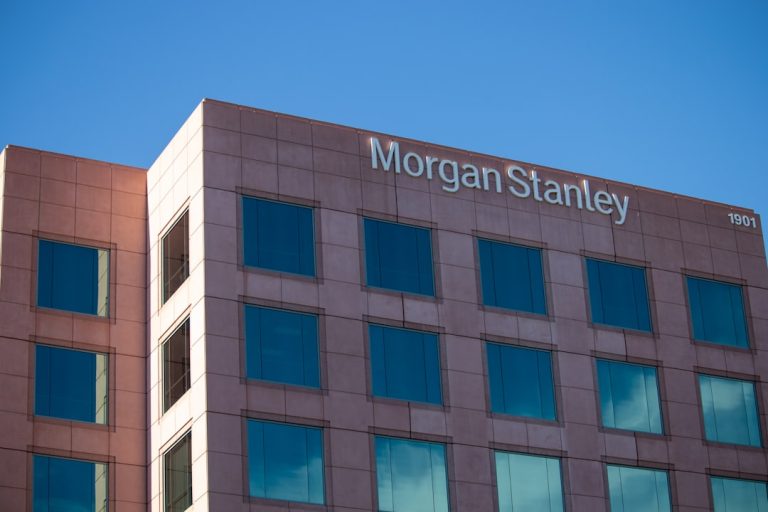Meta Description: Dive into the distinctions between CapEx and OpEx to discover strategies for optimizing your cloud and IT investments, enhancing financial efficiency through smart spending models.
Understanding CapEx and OpEx
In the realm of financial planning, Capital Expenditures (CapEx) and Operational Expenditures (OpEx) serve as two fundamental categories for classifying business expenses. Grasping the differences between these spending types is crucial for organizations aiming to optimize their cloud and IT investments effectively.
What is Capital Expenditure (CapEx)?
CapEx refers to the significant, long-term investments a company makes in tangible assets that are essential for sustaining and growing its operations. These assets typically include:
- Physical Infrastructure: Buildings, data centers, and office spaces.
- Technology Hardware: Servers, networking equipment, and on-premises software licenses.
- Machinery and Equipment: Tools and machinery necessary for production or service delivery.
Key Characteristics of CapEx:
– Long-Term Benefits: The assets purchased will provide value over multiple years.
– Depreciation: These investments are depreciated over their useful life, spreading the cost over several accounting periods.
– High Initial Cost: CapEx requires substantial upfront capital, impacting an organization’s cash flow.
What is Operational Expenditure (OpEx)?
OpEx encompasses the ongoing, day-to-day expenses necessary to run a business. These costs are typically shorter-term and fully deducted in the year they are incurred. Common examples include:
- Salaries and Wages: Payment to employees and contractors.
- Utilities and Rent: Costs associated with maintaining office spaces.
- Cloud Services: Subscriptions for SaaS, PaaS, and IaaS offerings.
- Maintenance and Repairs: Regular upkeep of equipment and facilities.
Key Characteristics of OpEx:
– Recurring Costs: Continuous payments that support daily operations.
– Tax Deductible: Expenses are fully deductible in the fiscal year they are incurred.
– Flexibility: Easier to adjust based on the organization’s needs and usage.
Implications for IT Spending
Choosing between CapEx and OpEx models significantly impacts how organizations manage their IT budgets and financial strategies. With the rise of cloud computing and subscription-based services, many IT investments are shifting towards OpEx for enhanced flexibility and cost predictability.
Subscription Investment Model: A Game Changer
The subscription investment model aligns closely with OpEx, allowing businesses to access the latest technologies without hefty upfront costs. Platforms like Oriel IPO leverage this model to democratize investment opportunities, enabling startups and investors to engage without the financial burden of traditional capital investments.
Benefits of Subscription Investment Models:
– Scalability: Easily adjust resources based on demand.
– Cost Management: Predictable monthly expenses facilitate better budgeting.
– Access to Innovation: Continuous updates and improvements without additional costs.
Strategies to Optimize Cloud and IT Spending
To achieve financial efficiency, organizations must strategically balance CapEx and OpEx. Here are proven strategies to optimize IT and cloud spending:
1. Conduct a Comprehensive Cost-Benefit Analysis
Evaluate the total cost of ownership (TCO) for both CapEx and OpEx options. Consider factors such as:
- Initial Investment vs. Long-Term Costs: Weigh the upfront costs against ongoing expenses.
- Depreciation Benefits: Utilize tax benefits associated with depreciating assets.
- Flexibility Needs: Assess how adaptable the expenditure model is to future changes.
2. Embrace a Hybrid Approach
Combining CapEx and OpEx can offer the best of both worlds. For instance:
- Critical Infrastructure: Invest in essential on-premises hardware for long-term stability.
- Scalable Services: Use cloud-based solutions for areas requiring flexibility and rapid scaling.
3. Implement Cost Monitoring Tools
Employ advanced analytics and monitoring tools to track and manage IT expenses in real-time. This ensures:
- Budget Adherence: Stay within financial plans by anticipating and controlling costs.
- Resource Optimization: Allocate resources efficiently based on actual usage patterns.
4. Leverage Subscription Investment Models
Adopt subscription-based services to reduce CapEx and transform large, one-time expenses into manageable, recurring costs. This approach enhances:
- Financial Predictability: Simplifies budgeting with consistent monthly payments.
- Operational Agility: Facilitates quick adjustments to resources as needed.
Future Trends in IT Spending
The landscape of IT spending is continually evolving, influenced by technological advancements and changing business needs. Key trends to watch include:
- Increased Adoption of OpEx Models: Businesses are favoring OpEx for its flexibility and alignment with modern, dynamic operational requirements.
- Rise of Fintech Platforms: Platforms like Oriel IPO are revolutionizing investment strategies through subscription models and democratized access.
- Integration of AI and Automation: Enhanced tools for cost management and predictive analytics will enable smarter financial decisions.
Conclusion
Optimizing cloud and IT spending requires a nuanced understanding of CapEx and OpEx. By strategically balancing these expenditure models and embracing innovative approaches like the subscription investment model, organizations can achieve greater financial efficiency and adaptability.
Harness the power of smart financial strategies to propel your business forward. Discover more with Oriel IPO and transform your investment approach today.
Call to Action
Ready to optimize your investment strategy? Visit Oriel IPO to explore commission-free, tax-efficient investment opportunities tailored for UK startups and angel investors.



